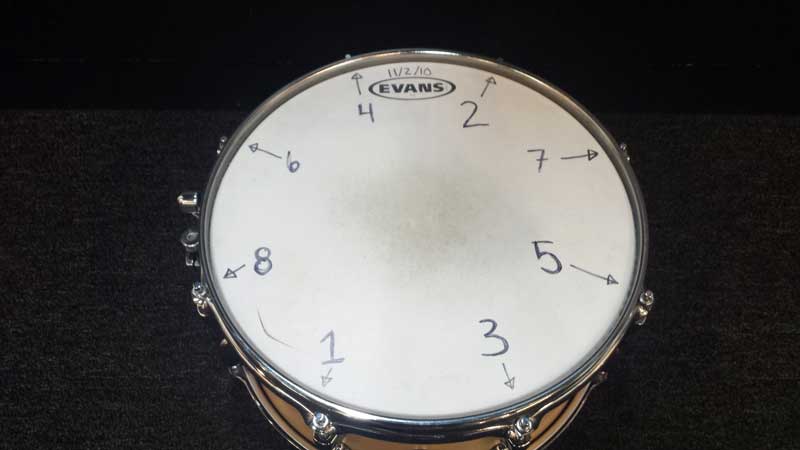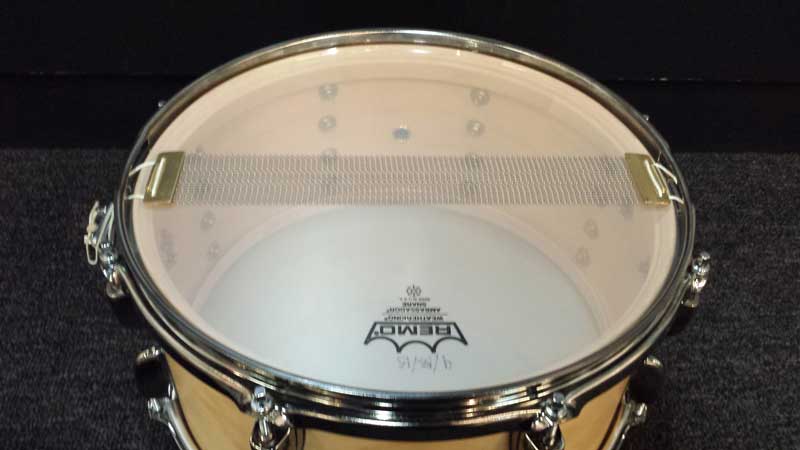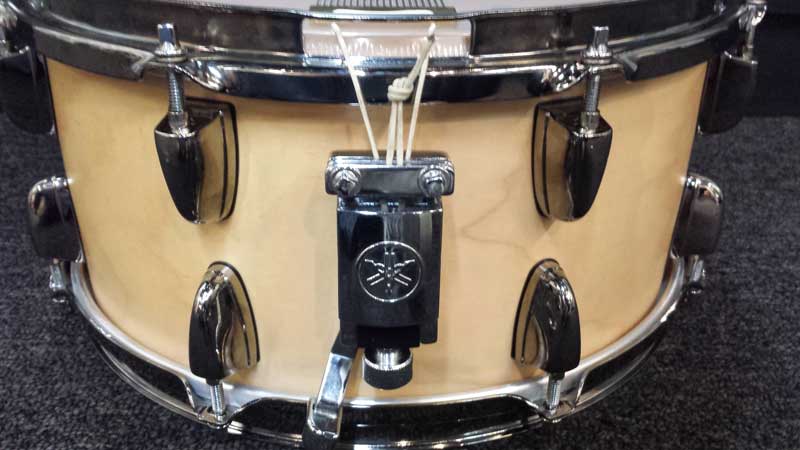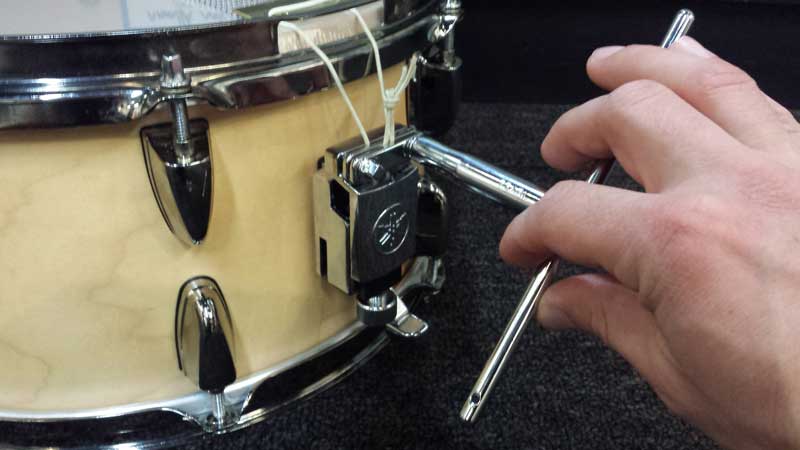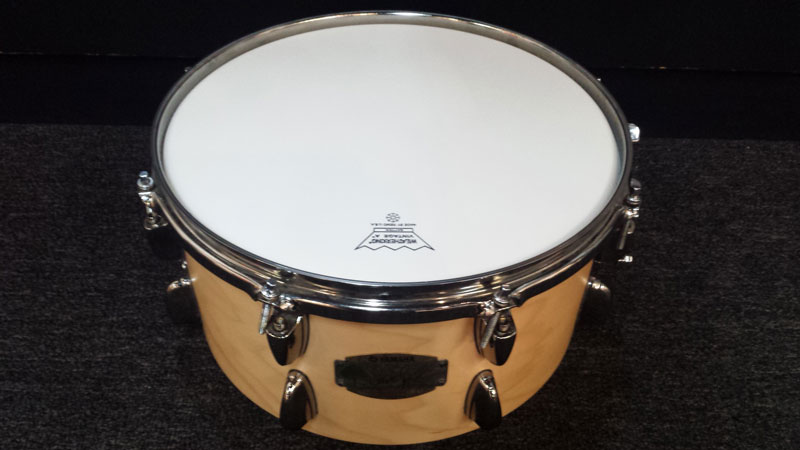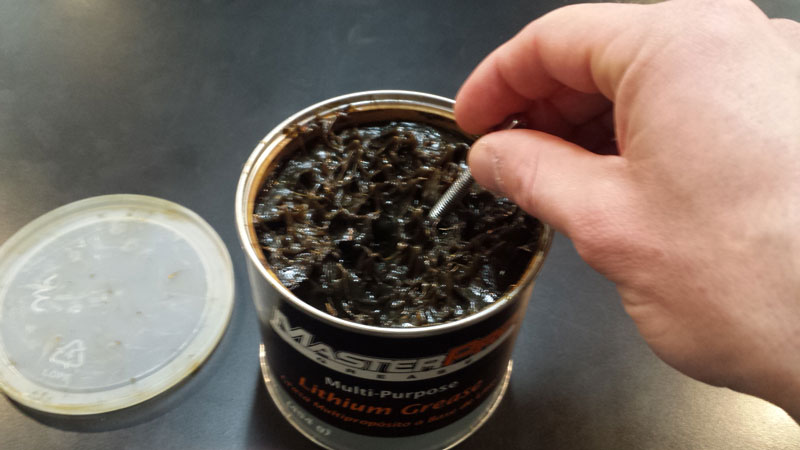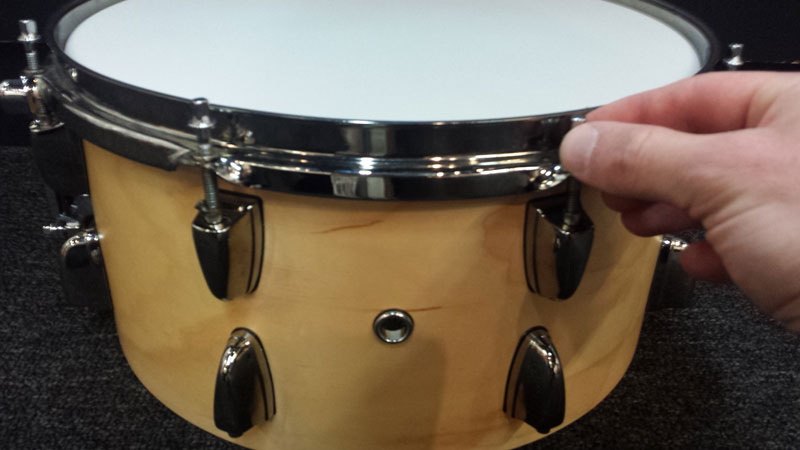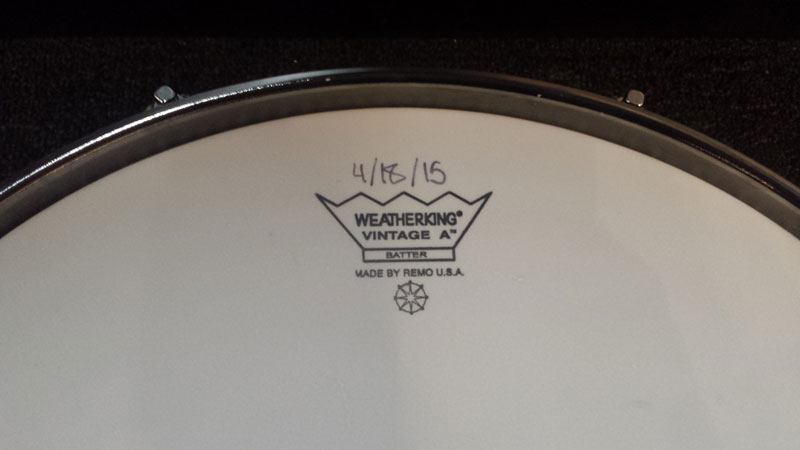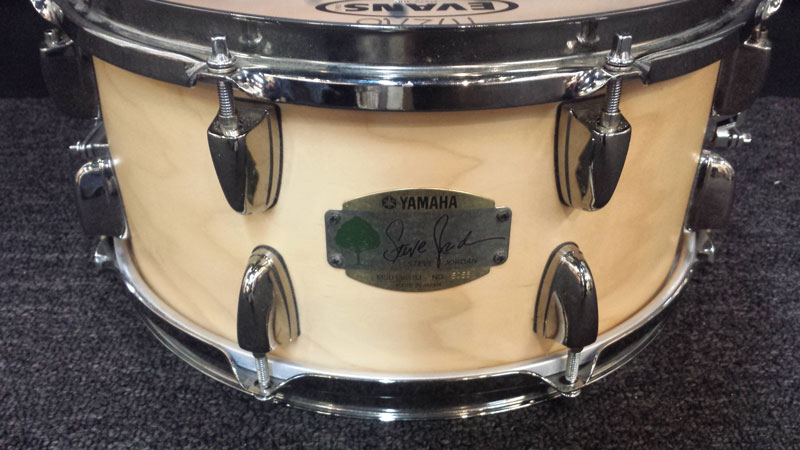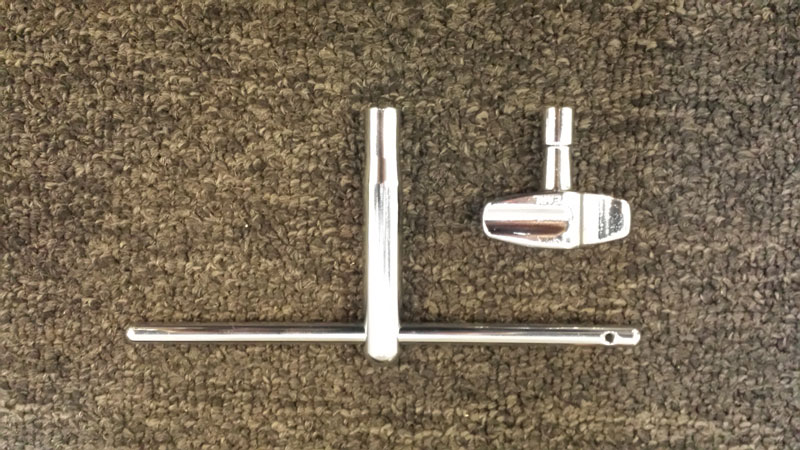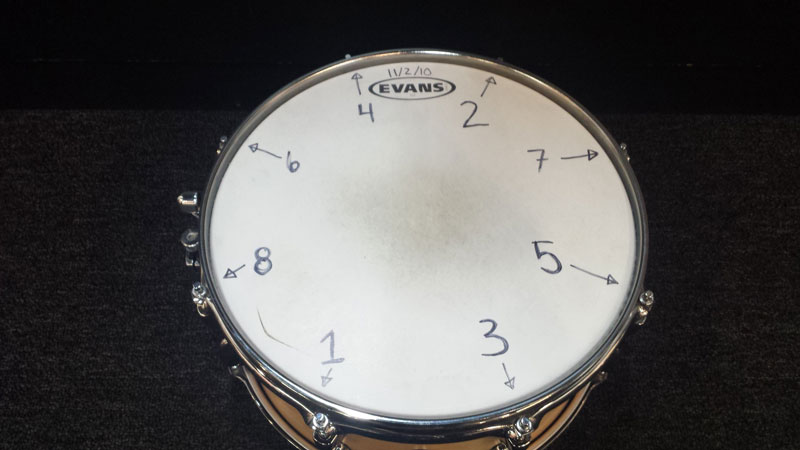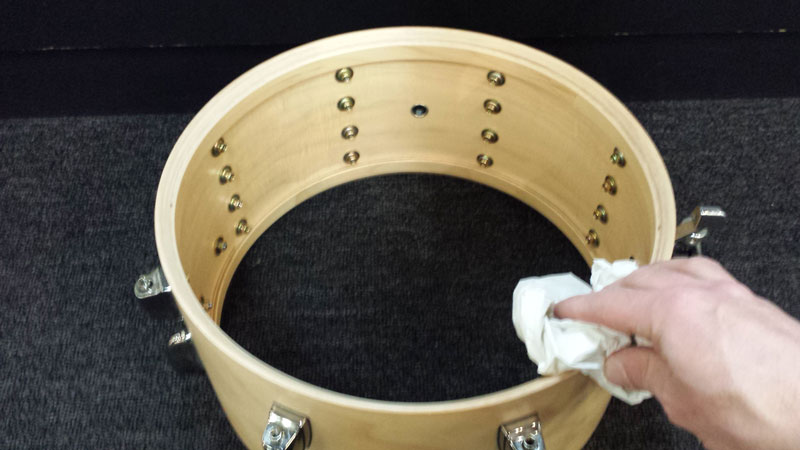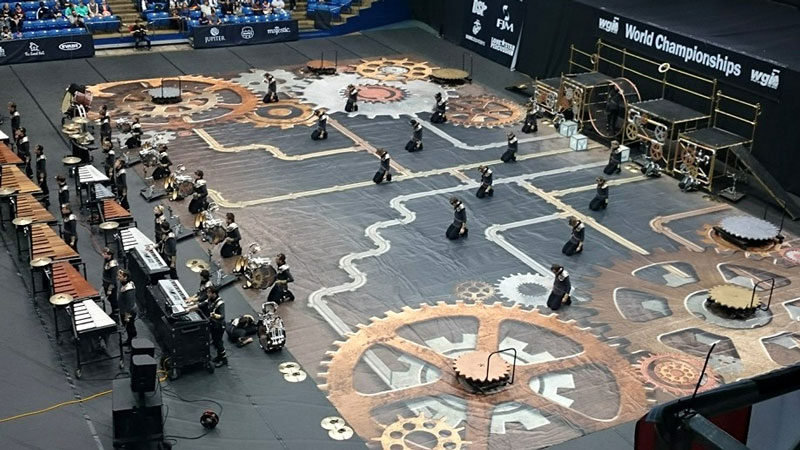Drum Tuning Aids
Welcome back to the Chops blog! Today we’re going to follow up on our series on snare drum care and maintenance with an introduction to drum tuning aides.
In the final post on snare drum maintenance we discussed the subjective nature of drum tuning. Ask ten different drummers their opinions on tuning and you’ll get ten different answers!
Just like playing drums, it takes practice and experience to learn to tune them well. Fortunately, there are several products that can simplify and remove the guesswork from the process. We recommend the Drum Dial and Tune-Bot.
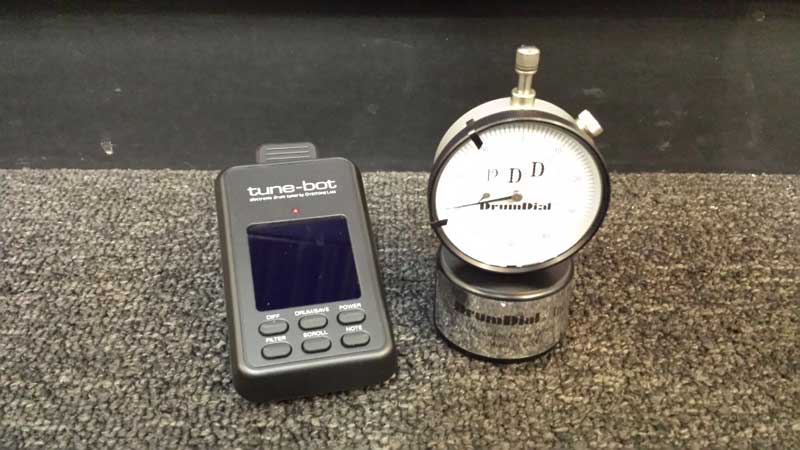
The Drum Dial is a “timpanic pressure meter” that measures drum head tension. By simply placing it on the drum head you can easily read its tension and then tune accordingly. Check it out in action here:
We’ve found that with a little practice the Drum Dial makes tuning easy and consistent. We also like that it allows you to remove a head and tune it’s replacement to the same pitch. A customer recently told us that he relies on his Drum Dial to tune his drums accurately, especially in noisy environments when he can’t hear clearly.
We also carry the Tune-Bot, a newer tuning aid. It is an electronic device that works much like a tuner for pitched instruments. You can use it to tune your drums to a specific pitch, and match lug pitches. It also includes the ability to record and store your tuning preferences for future use.
While tuning drums is a skill that takes time and practice to develop, the Drum Dial and Tune-Bot are great tools to simplify the process. We’ve used, and recommend both to all percussionists. Contact us to pick up a Drum Dial or Tune-Bot today!

